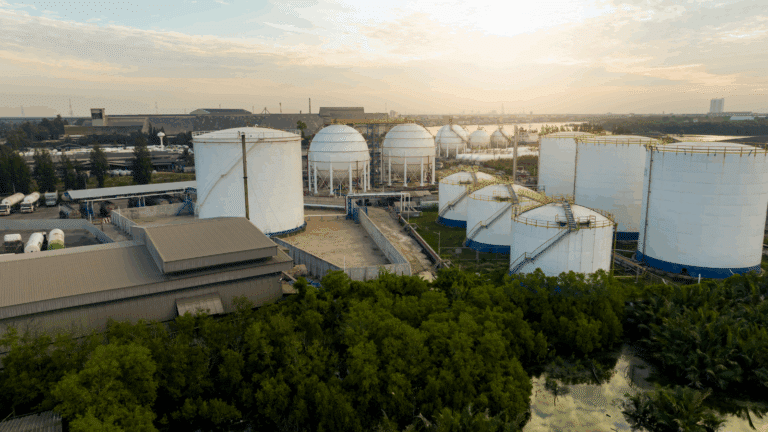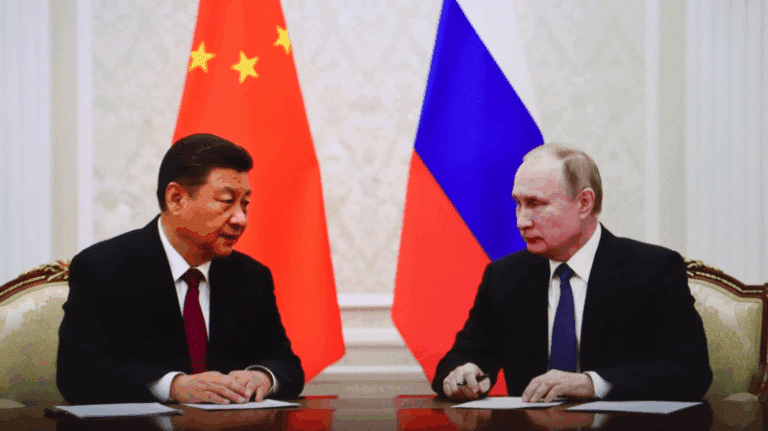INTRODUCTION
The fourth quarter of 2018 has been a wild ride for oil markets and—though somewhat overshadowed by crude—a historic month for US natural gas markets as well. With OPEC ministers heading into one of their more important meetings in recent years, U.S. oil benchmark West Texas Intermediate prices plunged from $75 per barrel to $55 per barrel, and ministers are now talking about cutting production even as the market closely watches for the impact of U.S. sanctions against Iran. U.S. natural gas prices, meanwhile, surged to four-year highs. After years of being weighed down by booming domestic production, prices spiked, catching some market observers off guard and sounding an alarm for this winter heating season.
This note provides a nuanced explanation of recent price action not only for market participants but also for policy makers, companies, and consumers. Understanding such dramatic price moves requires reflection on not just physical supply and demand fundamentals but also financial market positioning. Fundamentals determine price direction, but financial market positioning can amplify moves. This is important because, in the chaos of such seismic market shifts, some market drivers tend to be overblown even as other important factors are overlooked.
Oil
Importantly, the first $10 of the oil (WTI) price fall, from $75 per barrel to $65 per barrel, was an orderly move. It reflected a market awakening to new fundamental realities around inventory levels, OPEC decision-making, and the implications of Iran sanctions. It is seen as orderly because even though the overall price trend throughout the month of October was downward, the market paused every couple of days to consolidate, or catch its breath. Looked at another way, the rolling weekly price change from October 8 was negative, but the daily price changes alternated between positive and negative. Two steps down, one step up.
That did not last: by November, all the steps were down. When WTI crossed through $65 per barrel, the down move became much less orderly (figures 1 and 2). Market analysts generally see this as a sign that there is something additional going on incremental to the market reacting to new information about fundamentals or events. In this case, it is important that the active futures (and options) contract trading at the time was the December contract, which always has the highest concentration of trading activity. In particular, it means that there was meaningful open interest in December crude options, which expired on November 14. As crude price crossed through lower and lower strike levels—$65, $60, and finally $55—traders who had sold puts[1] at those strike levels had risk on their books to manage. And the way to manage short puts exposure as prices fall is to sell futures on the way down.[2] This effectively creates a self-reinforcing downward spiral, which is what was observed—not coincidentally—until November 13, the penultimate trading day before December options expired. It should be noted that the opposite can happen in a swiftly rising market; when prices increase rapidly through key strike levels, traders that are short call options buy futures to manage their risk, amplifying rallies.
Recent days show that downward pressure on oil prices remains, and none of this is to say that physical and geopolitical drivers of oil price don’t matter. But financial market positioning can compound the price impact of those drivers, particularly at key times of year, and leave casual market observers struggling to fully explain the magnitude or velocity of changes.
Natural Gas
Given the action in crude markets, one could be forgiven for overlooking what was actually some historic activity in the U.S. Henry Hub natural gas market. However, in many ways, it could be viewed as more memorable. Not only did the front-month futures price rally to $4.84 per MMBtu—a level not seen since the winter of 2013–14 — but on November 14, Henry Hub recorded its biggest single-day move in dollar terms since October 2009 (figure 3). The price move was not the only notable feature of market activity on that day. Trading volumes in Henry Hub futures posted a new record — and by orders of magnitude (figure 4).
Importantly, the March 2019–April 2019 gas futures time spread also spiked to $1.58 per MMBtu from <40 cents per MMBtu in the space of three days. Traders use the March–April spread—effectively, the price spread between the end of gas storage withdrawal season and the beginning of the new storage injection season—as a way to express a view on how winter gas will price. Buying the March futures contract versus selling the April futures contract reflects a bullish view on winter gas. Notably, the velocity of the move in that closely watched “widow-maker” March–April futures spread actually exceeded that observed in 2006, albeit in the opposite direction. Hedge fund Amaranth lost $6 billion owning that spread then in what was one of the biggest implosions in the history of commodity markets. The magnitude of the move in the March–April spread last month was equal in magnitude to the move in that spread when Amaranth collapsed, and it happened in half the time.
The excitement continued though the start of the U.S. Thanksgiving holiday week: with record cold forecast for the holiday — when trading volumes are always relatively thin — traders were clearly loath to be caught off guard again. Front-month Henry Hub futures continue to track well above $4, with the bulk of the storage withdrawal season still ahead.
Memories are short, and there is a new generation of traders and policy makers who have rarely, if ever, seen Henry Hub trade above $5 per MMBtu and may have started to believe that it never could. The contract hasn’t traded over that level since the winter of 2013–14, and the popular narrative has been that U.S. gas production is so cheap and reserves so plentiful that the market had been largely tamed—big prices moves were considered largely a thing of the past by some. As discussed in the CGEP report “Low US Storage Levels Point to Winter Natural Gas Price Spike Risk” (October 16, 2018), extremely low natural gas storage levels (ultimately exacerbated by a sizable market position in time spreads) really should have foreshadowed this move, but this was clearly a market taken off guard.
For those who are concerned about the impact of natural gas prices, this move is also a good lesson on why they should pay attention to early-season cold and why it matters more than late-season cold. It is also a good lesson in how price clears markets. Cold weather in November—which, incidentally, was not forecast by market watchers—is important because gas storage is rationed early in the season. Companies want to make sure they have enough gas in storage to last until March (or even April, depending on the year). This year, storage has to be rationed from a particularly low starting point. That means that the market will find the price necessary to curb demand in real time, which can be a messy business.
Financial market positioning also mattered in this Henry Hub move, though. It was a market caught unawares, and not only are some gas consumers underhedged, but many money managers were also either short volatility — reflecting an expectation that price moves would not be as severe[3] — or short the March–April spread, both of which spiked in this move.
With OPEC meeting on December 6 and winter only just begun, the excitement in both oil and gas markets is likely to continue. Looking at time spreads, volatility, and futures market activity and positioning in addition to spot prices can foreshadow big moves and help explain them in retrospect. Energy markets are ultimately driven by physical fundamentals and punctuated by events, but lifting the curtain on the financial trade adds nuance and depth to market headlines.
End Notes
[1] “Puts” are options that give owners the right but not the obligation to sell a specified volume of a commodity at a designated “strike” price level during a specified period of time. Puts are only exercised when the market price falls below the strike price. Traders that are short puts—that is, have sold them to someone else—are obligated to pay the specified strike price when the put option is exercised, even though the market value of the commodity has fallen below that price.
[3] Volatility tends to increase more rapidly when prices fall because it is calculated as a percentage change on a shrinking base. However, large enough upside moves also, of course, increase volatility. The fact that traders were short natural gas implied volatility going into this winter season suggests that they assumed that gas prices indeed did not have much room to fall (having traded around only $2.75/MMBtu as recently as September), but they also expected that upside price moves would be more modest and paced.





